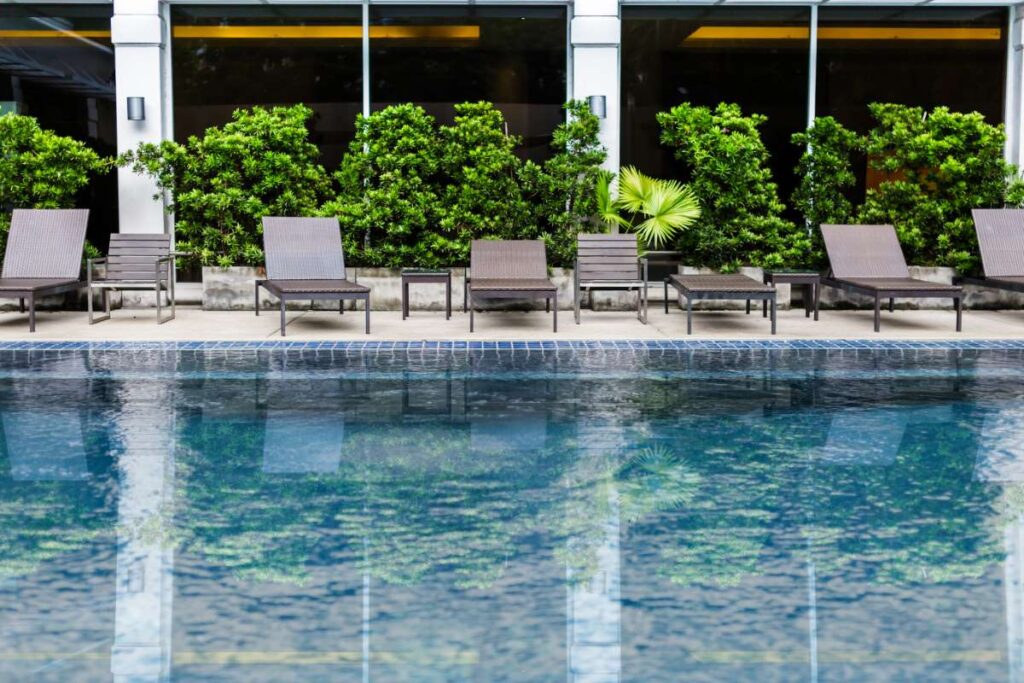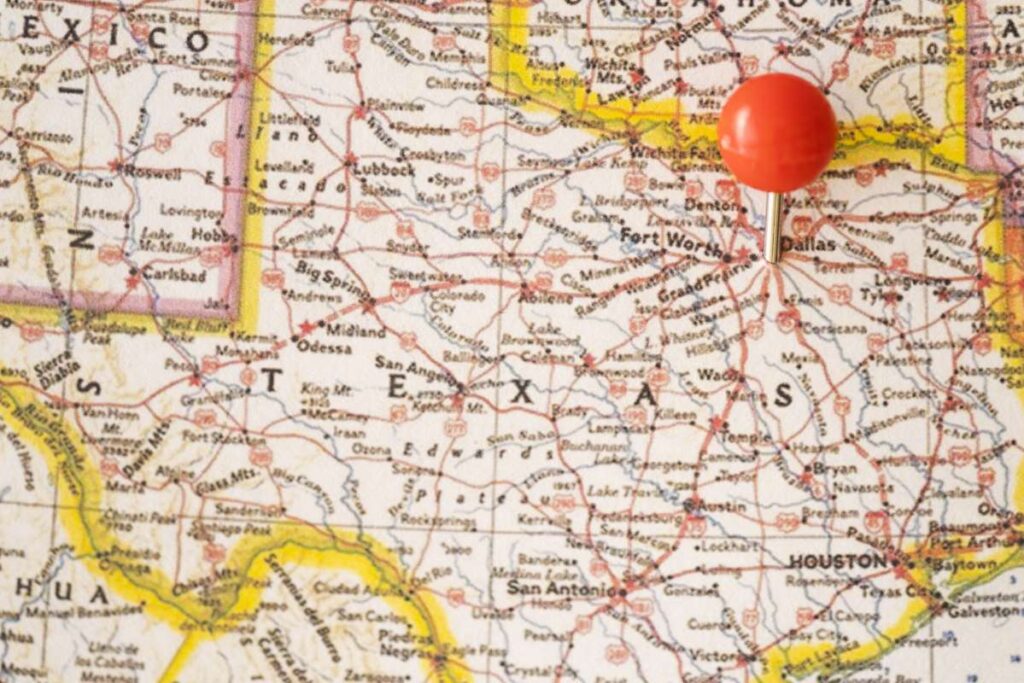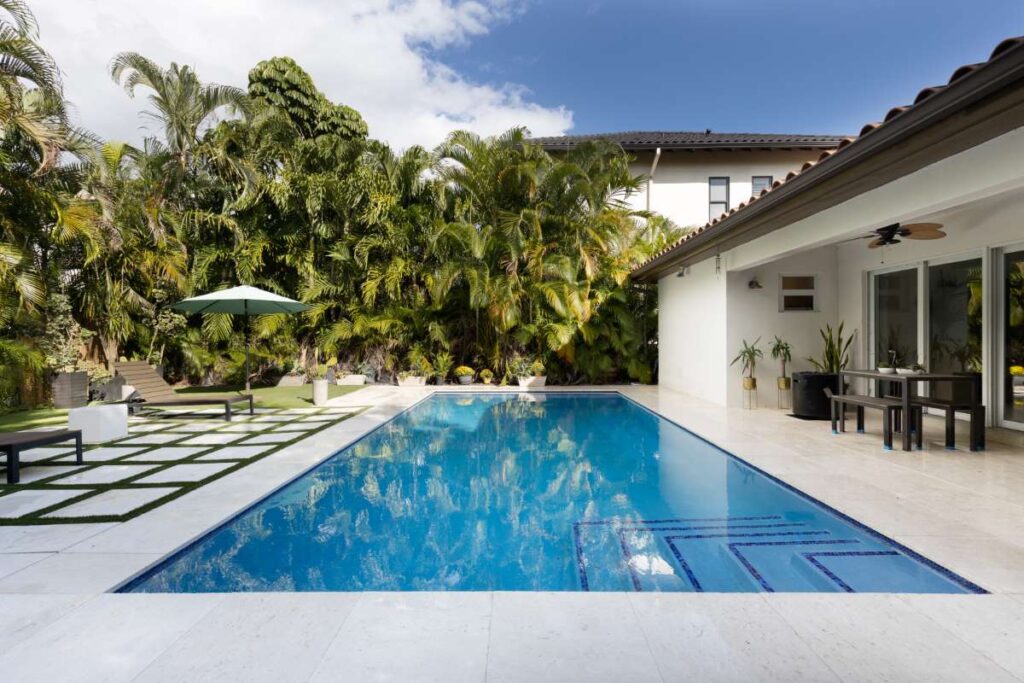Discover essential route design tips for newcomers in Tempe, Arizona, to create efficient and profitable pool maintenance businesses.
Route Design Tips for Newcomers in Tempe, Arizona
Tempe, Arizona, is a vibrant city with a growing pool maintenance industry. For newcomers aiming to establish a successful pool service business, route design plays a pivotal role in maximizing efficiency and profitability. This blog post provides comprehensive insights into effective route design strategies tailored to the unique characteristics of Tempe, helping you navigate common challenges and set your business on a path to success. We will cover various aspects, such as optimizing routes for time efficiency, understanding local traffic patterns, and utilizing technology to enhance operations, ensuring that you are well-equipped for the journey ahead.
As a newcomer in the pool service industry, one of the most critical aspects of your business will be how efficiently you can manage your service routes. In a city like Tempe, with its mix of residential neighborhoods and commercial properties, designing an effective route can significantly impact your operational costs and customer satisfaction. Efficiency in route planning not only saves time but also reduces fuel expenses, enabling you to allocate resources more effectively. In this guide, we will delve into key tips for designing efficient service routes that cater to the needs of your customers while enhancing your bottom line.
Understanding the Local Landscape
Before diving into route design, it’s essential to familiarize yourself with the geography and demographics of Tempe. The city has a diverse assortment of neighborhoods, each with its own characteristics and customer needs. For instance, areas like the historic downtown and the bustling Arizona State University campus present unique challenges and opportunities. Understanding these dynamics can help you tailor your services and route design accordingly.
One effective approach is to categorize your service areas based on customer demographics and service requirements. Residential areas may demand different services compared to commercial properties, and recognizing these differences can lead to more efficient scheduling. For example, planning your routes to service residential customers later in the day can help you avoid peak traffic hours, which are common around the university and downtown areas.
Using a map application or route planning software can provide valuable insights into the local traffic patterns. This can help you identify peak hours and adjust your scheduling to minimize delays. By aligning your service times with customer availability and local traffic flow, you can enhance customer satisfaction while maximizing your operational efficiency.
Utilizing Technology for Efficiency
In today’s digital age, technology is an invaluable ally in route design. Leveraging route optimization software can significantly enhance your operational efficiency. These tools analyze various factors, such as distance, traffic conditions, and service times, to help you create the most efficient routes. By automating this process, you minimize the chances of human error and ensure that you are making data-driven decisions.
Moreover, many modern route optimization tools provide real-time updates on traffic conditions and can suggest adjustments on the fly. This adaptability is particularly useful in Tempe, where traffic can vary significantly depending on the time of day and local events. By staying informed and flexible, you can navigate unexpected challenges and maintain a high level of service.
Additionally, incorporating customer relationship management (CRM) software into your business can help you manage customer data more effectively. This enables you to track service history, preferences, and feedback, which can inform your route planning. Understanding your customers’ needs allows you to tailor your services and route design, ultimately enhancing customer loyalty and satisfaction.
Planning for Seasonal Changes
Another critical factor to consider in route design is the impact of seasonal changes on service demand. In Tempe, temperatures can soar during the summer months, leading to increased pool usage and maintenance needs. Conversely, during the cooler months, service demands may decrease. Planning your routes with these seasonal patterns in mind can help you manage your workforce effectively and ensure that you are meeting customer demand without overextending your resources.
For instance, during the peak summer season, you might prioritize servicing pools that require more frequent attention. This can involve adjusting your routes to accommodate additional stops or longer service times for high-demand customers. Conversely, during the offseason, you can optimize your routes to focus on maintenance services that keep pools clean and ready for the next season.
Staying attuned to local events, such as community gatherings or university functions, can also inform your planning. Adjusting your routes to avoid heavy traffic during these events can save time and enhance service efficiency. By proactively considering these factors, you can design more robust routes that adapt to the dynamic nature of the Tempe landscape.
Maximizing Customer Satisfaction
Efficient route design is crucial for maximizing customer satisfaction. As a newcomer in the pool service industry, establishing a reputation for reliability and quality service is essential. One way to achieve this is by ensuring that your routes are designed to minimize wait times and provide prompt service. Customers appreciate timely visits, especially when it comes to maintaining their pools.
Communicating with your customers about your service schedules can enhance their experience. Sending reminders or notifications about upcoming visits can help customers prepare for your arrival and foster a sense of reliability. This proactive approach not only improves customer satisfaction but can also lead to increased referrals and repeat business.
Encouraging customer feedback is another effective way to refine your route design. By engaging with your customers and soliciting their input on service times and preferences, you can tailor your routes to better meet their needs. This customer-centric approach can set you apart from competitors and contribute to long-term success in the Tempe market.
Cost Considerations in Route Design
While efficiency is essential, it’s equally important to consider the cost implications of your route design. Fuel expenses and vehicle maintenance can quickly add up, making it crucial to design routes that minimize these costs. By optimizing your routes for distance and time, you not only enhance service efficiency but also reduce operational expenses.
One effective strategy is to analyze your current routes periodically to identify areas for improvement. By tracking fuel usage and service times, you can pinpoint inefficiencies and make necessary adjustments. This data-driven approach allows you to continuously refine your routes, ensuring that your business remains profitable in an increasingly competitive landscape.
Additionally, consider the impact of vehicle maintenance on your overall costs. Regularly servicing your vehicles can prevent unexpected breakdowns and extend their lifespan. Integrating vehicle maintenance checks into your scheduling can help you maintain a reliable fleet, reducing downtime and ensuring that you can meet customer demand without interruption.
Networking Within the Community
Establishing strong relationships within the local community can significantly benefit your pool service business. Networking with other businesses, suppliers, and potential customers can provide valuable insights and opportunities for collaboration. Participating in local events and trade shows can also enhance your visibility and help you connect with potential clients.
Moreover, engaging with local organizations and community groups can help you establish a reputation as a trusted service provider. By participating in community initiatives or sponsoring local events, you can build goodwill and increase brand awareness. This community involvement can lead to valuable referrals and word-of-mouth marketing, which are invaluable for newcomers in the industry.
Building a presence on social media platforms can further enhance your networking efforts. Sharing insights, tips, and customer testimonials can position you as a knowledgeable and trustworthy service provider, drawing in potential customers and solidifying your place in the Tempe market.
Conclusion
Route design is a critical aspect of success for newcomers in the pool service industry in Tempe, Arizona. By understanding the local landscape, leveraging technology, and planning for seasonal changes, you can create efficient routes that maximize customer satisfaction while minimizing operational costs. Additionally, networking within the community and encouraging customer feedback can help you establish a strong reputation and foster long-term success.
As you embark on your journey in the pool maintenance industry, remember that effective route design is about more than just efficiency—it’s about building lasting relationships with your customers and ensuring their needs are met. If you’re looking to explore pool routes for sale, Tower Business Brokers can help guide you in finding established routes with loyal customer bases. Reach out today to start your journey toward successful pool route ownership!



